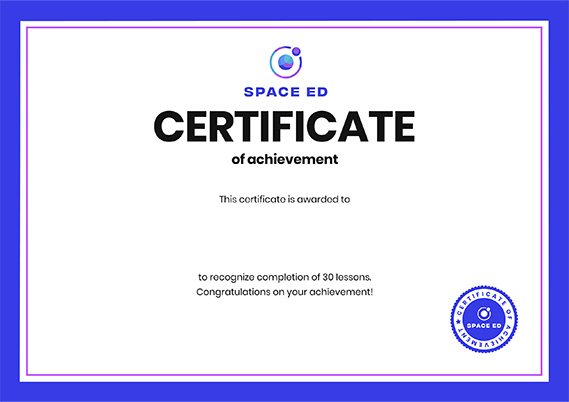There may be extraterrestrial life in our solar system - Augusto Carballido
523,543 Views
0 Questions Answered
Let’s Begin…
Deep in our solar system, a new era of exploration is unfolding. Beneath the thick ice of Europa; in the vapor plumes on Enceladus; and within the methane lakes of Titan, scientists are hunting for extraterrestrial life. These moons are ‘ocean worlds’— they contain liquid oceans, which can support the formation of life. Does life exist on ocean worlds? Augusto Carballido explores the possibility.
Additional Resources for you to Explore
Scientists can learn a lot about icy moons by studying extreme environments on Earth. Our planet is home to many remote locations that are “analogs” of those moons, meaning that the conditions on the terrestrial sites are similar in some respects to the conditions on the moons. For example, Lake Vostok, in Antarctica, is one of hundreds of lakes that exist under the ice in the frozen continent. Located 4 kilometers beneath the East Antarctic ice sheet, Lake Vostok has remained partially isolated for at least 14 million years. The region where the ice meets the lake can teach us about what happens where the ice meets the ocean on Europa or Enceladus.
Other types of analog sites on Earth are permafrost regions, such as those that exist in the Canadian Arctic or in Siberia. Permafrost is rock or soil whose temperature has remained at or below the freezing point of water (0º C) for at least two years. Permafrost can teach us how communities of microorganisms survive in ice under stable conditions for long periods, something scientists would like to understand in case icy worlds in our solar system harbor life.
Life in extreme environments
There are places on Earth that are very cold (for example, the polar regions), very dry (the Atacama Desert in Chile), or very salty (the Dead Sea in the Jordan Valley). As inhospitable as those and other places may seem, they are home to organisms that thrive in harsh conditions. Such organisms, many of which are microscopic, are known as extremophiles. They are a point of reference for scientists to understand what life on other worlds may be like.
Ganymede and Callisto
The largest moon in our solar system is Ganymede. It is made of rock and ice, and it may contain a deep ocean “sandwiched” between two layers of ice. There currently is no evidence of communication between Ganymede’s ocean water and the satellite’s surface, so we don’t know much about the potential habitability of this moon of Jupiter. But a space probe called JUICE (for Jupiter Icy moons Explorer) will be launched in 2022 by the European Space Agency to study Ganymede. It is expected that JUICE will start orbiting Ganymede in 2032, becoming the first spacecraft to orbit a moon other than the moon of Earth.
Similar to Ganymede, Callisto is also thought to contain an ocean in between thick layers of ice. Callisto is the third largest moon in our solar system, and its surface is one of the most heavily cratered. The possibility of life in (or a result of) Callisto’s ocean makes this Jovian moon another interesting target for astrobiological exploration. JUICE will also study Callisto in detail.
About Space Ed
Space Ed helps you untangle the mysteries of space with the universe’s best videos on everything from Einstein's theory of relativity to what it would take to live on Mars. Brush up on the science, philosophy and mystery of space, because the fabric of the universe is the same fabric that connects us all.
Meet The Creators
- Director of Production Gerta Xhelo
- Director Igor Coric
- Editorial Producer Alex Rosenthal
- Script Editor Emma Bryce
- Animator Nemanja Petrovic
- Fact-checker Eden Girma
- Illustrator Jelena Vasiljevic
- Music Bozidar Obradinovic
- Educator Augusto Carballido




